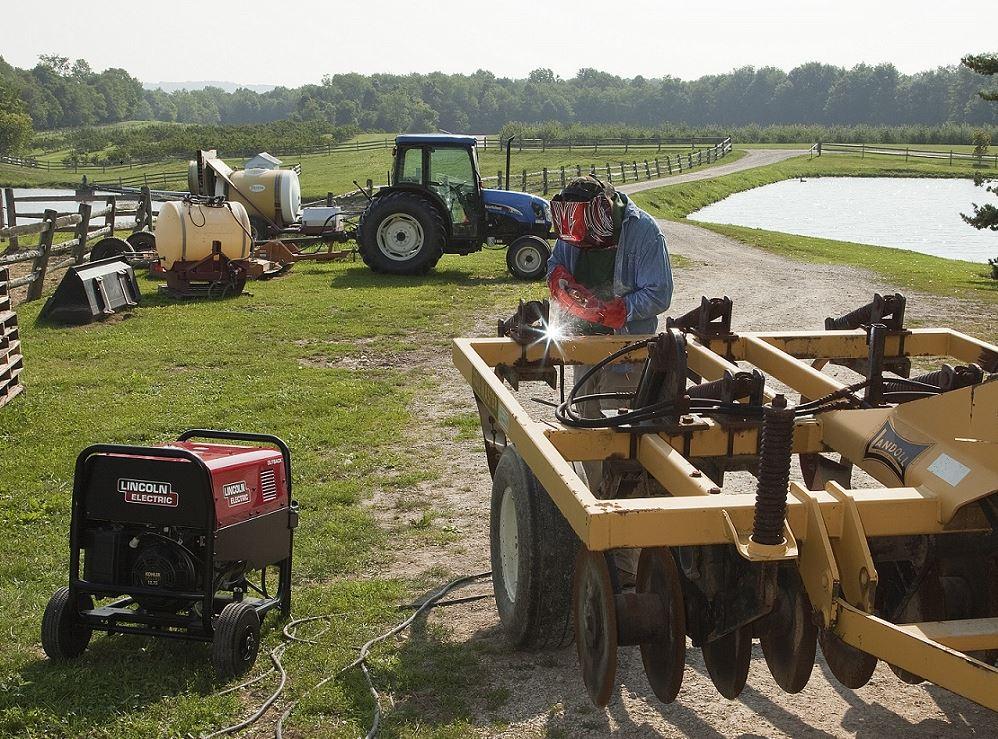In the realm of metalworking and fabrication, welding and plasma cutting stand as indispensable processes that have undergone significant advancements over the years.
From traditional welding techniques to the latest in plasma cutting technology, the tools of the trade have evolved, contributing to increased precision, efficiency, and versatility.

This article delves into the transformative technologies within welders and plasma cutting products, showcasing how these innovations are shaping the future of fabrication.
- Advanced Welding Machines:
Modern welding machines have undergone a revolution, with the advent of inverter technology. Inverter-based welders offer greater control over the welding process, resulting in improved arc stability, reduced spatter, and enhanced overall weld quality. These machines are also more energy-efficient and portable, providing welders with increased flexibility in various work environments. - Multiprocess Welders:
Multiprocess welding machines have become the go-to solution for versatility in fabrication. These machines can perform multiple welding processes, such as MIG, TIG, and stick welding, allowing welders to switch between techniques seamlessly. This versatility streamlines operations, reduces the need for multiple machines, and enhances the overall efficiency of the welding process. - Digital Welding Helmets:
The humble welding helmet has undergone a digital transformation. Digital welding helmets now feature auto-darkening lenses that adjust to different arc brightness levels in real-time. This eliminates the need for welders to repeatedly lift their helmets, providing increased comfort, safety, and precision during welding. - Plasma Cutting Systems:
Plasma cutting has become a preferred method for precision cutting of metals. Advanced plasma cutting systems utilize high-velocity, ionized gas to melt and cut through metals with unparalleled accuracy. These systems are capable of cutting a wide range of materials and thicknesses, making them essential tools in various industries, from automotive manufacturing to construction. - CNC Plasma Cutting Machines:
Computer Numerical Control (CNC) technology has made its mark in the plasma cutting arena. CNC plasma cutting machines use computerized programming to precisely control the cutting process. This technology allows for intricate and complex designs, making it a valuable asset in industries requiring high-precision metal fabrication. - Portable Plasma Cutters:
The demand for on-the-go metal cutting solutions has led to the development of portable plasma cutters. These compact and lightweight machines offer the flexibility to cut metal in diverse locations, such as construction sites or remote workshops. The portability of these cutters enhances efficiency and reduces downtime for fabricators working in dynamic environments. - Integrated Welding and Plasma Systems:
In response to the need for seamless workflows, some manufacturers now offer integrated systems that combine welding and plasma cutting functionalities in a single unit. This consolidation of processes not only saves space but also streamlines the fabrication workflow, reducing the need for multiple pieces of equipment. - Welding and Plasma Automation:
Automation has become a key trend in the fabrication industry. Welding and plasma cutting automation systems leverage robotics and computer control to execute repetitive tasks with precision and efficiency. This not only increases productivity but also enhances worker safety by reducing exposure to hazardous environments.
Welding and plasma cutting technologies have come a long way, transforming the landscape of metalworking and fabrication. From advanced welding machines with inverter technology to precision CNC plasma cutting systems, these innovations empower fabricators with tools that enhance efficiency, precision, and safety.
As technology continues to advance, the future of welding and plasma cutting holds the promise of even more sophisticated and integrated solutions, further revolutionizing the way we shape and construct the world around us.

Leave a reply